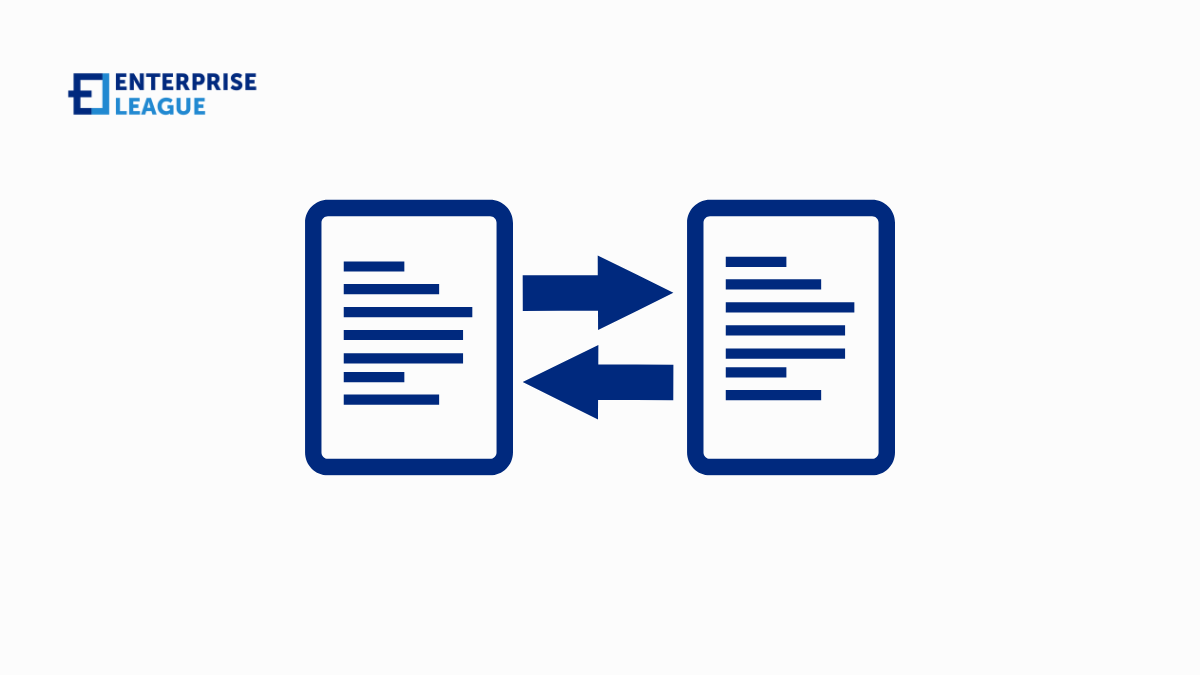Optimizing performance and reliability in managed file transfer systems
February 21, 2024

The ability to transfer files securely and efficiently is a cornerstone of business operations across industries. Managed File Transfer (MFT) systems have become pivotal in facilitating this need, offering robust solutions that ensure data integrity, security, and compliance. However, as the volume of data and the complexity of networks increase, organizations face the challenge of optimizing the performance and reliability of these systems. Achieving this optimization requires a multifaceted approach, focusing on infrastructure, software capabilities, and strategic processes.
Infrastructure enhancements
The foundation of any high-performing MFT system is its underlying infrastructure. Investing in high-quality, reliable hardware and ensuring that your network has the bandwidth to support large-scale file transfers are crucial steps. Moreover, the adoption of cloud technologies can offer scalability and flexibility, allowing businesses to adjust their resources according to fluctuating demands. Cloud-based MFT solutions can provide the added benefit of redundancy, ensuring that system failures do not impede the ability to transfer files, thus enhancing overall reliability.
Software capabilities
On the software side, choosing an MFT solution that offers comprehensive features tailored to your business needs is essential. This includes support for a wide range of file types and sizes, as well as compatibility with different operating systems and platforms. Advanced encryption and security protocols are non-negotiable to protect sensitive information against unauthorized access and cyber threats.
To further optimize performance, look for features that enable efficient data transfer, such as bandwidth throttling, checkpoint restart, and compression capabilities. These features help manage network resources effectively, ensuring that large file transfers do not overwhelm the system and that transfers can resume from the point of interruption in case of a failure.
Strategic processes
Beyond hardware and software, optimizing MFT systems involves strategic process improvements. This includes regular system audits and performance monitoring to identify bottlenecks and areas for improvement. Implementing a system of alerts and notifications can also aid in promptly addressing issues before they impact performance.
File transfer automation plays a pivotal role in enhancing both performance and reliability. By automating repetitive and time-consuming transfer tasks, organizations can reduce human error, improve efficiency, and free up valuable resources for other critical operations. Automation ensures that file transfers occur seamlessly and within scheduled timeframes, contributing to the system’s reliability and overall performance.
Training and support
Lastly, ensuring that your team is well-trained on the MFT system and aware of best practices in file transfer management can significantly impact performance and reliability. Comprehensive support from your MFT solution provider, including regular updates and access to technical assistance, is also crucial for maintaining an optimized system.
Conclusion
Optimizing the performance and reliability of Managed File Transfer systems is a continuous process that requires attention to infrastructure, software, strategic processes, and human resources. By investing in the right technologies, adopting file transfer automation, and fostering a culture of continuous improvement, businesses can ensure that their MFT systems meet the demands of modern digital operations. In doing so, they not only safeguard their data but also enhance operational efficiency, paving the way for innovation and growth in the digital era.
More must-read stories from Enterprise League:
- Get entertained and educated with some of the best business movies.
- What’s the secret to running successful cold email campaigns?
- Foretelling: transform your business by predicting future trends.
- Innovative small business growth tips that will take you to the next level.
- Key factors in determining salary increases for your employees.
Related Articles
How AI is Transforming the Midstream Energy Sector: Trends and Future Directions
The midstream phase of energy operations is all about storing and processing gas and oil. With AI on the rise across the industry, there are numerous opportunities for energy firms to use this technology even further. But what are the applications for AI in the...
MT5 Broker Setup: Step-by-Step Guide to MetaTrader 5 Download and Trading
A growing number of individuals have turned to the online community to take advantage of investment opportunities available to them. Not only is this a great way to build a reliable nest egg for the future, but modern trading platforms have made the process much...
From Bounce to Inbox: 6 Email Verification Tools That Boost Deliverability and Client Results
Few things kill a campaign faster than high bounce rates. Every undelivered email damages your sender reputation and lowers deliverability until your campaign quietly fades away, unread and unseen. Email verification prevents this. It validates every contact on your...
How AI is Transforming the Midstream Energy Sector: Trends and Future Directions
The midstream phase of energy operations is all about storing and processing gas and oil. With AI on the rise across the industry, there are numerous opportunities for energy firms to use this technology even further. But what are the applications for AI in the...
MT5 Broker Setup: Step-by-Step Guide to MetaTrader 5 Download and Trading
A growing number of individuals have turned to the online community to take advantage of investment opportunities available to them. Not only is this a great way to build a reliable nest egg for the future, but modern trading platforms have made the process much...





